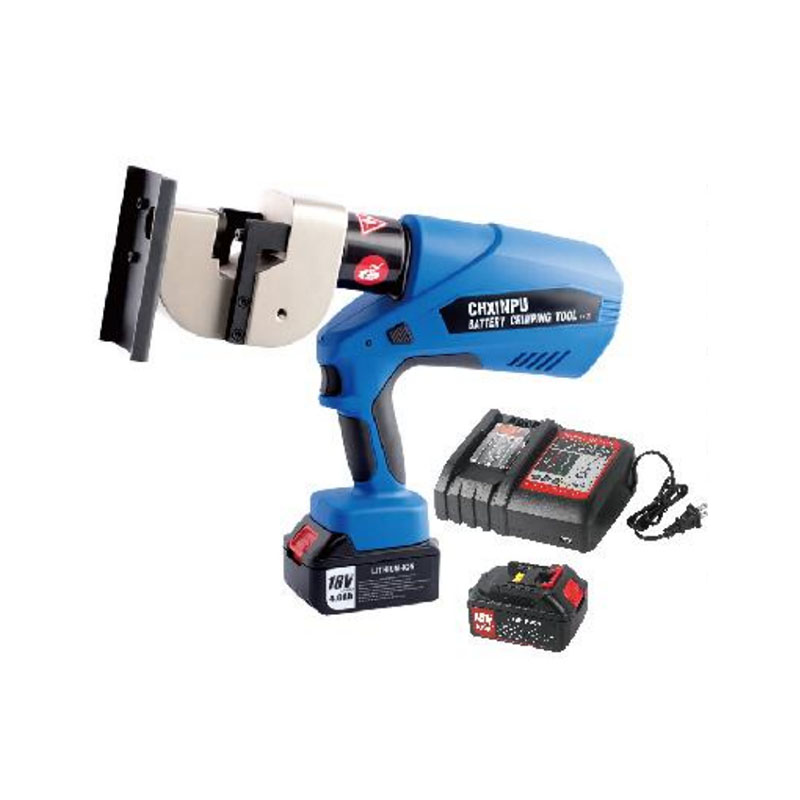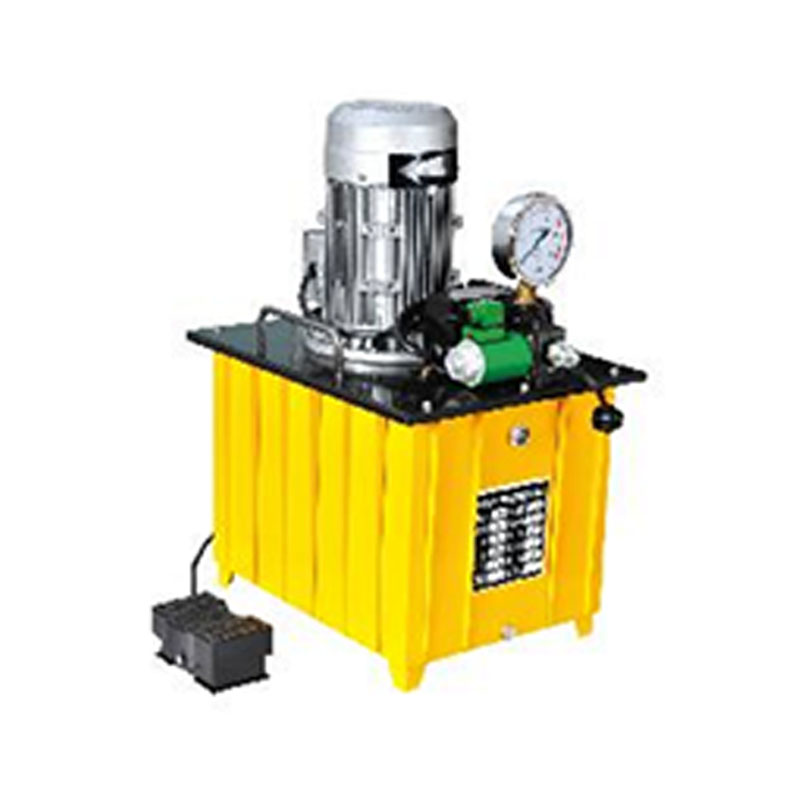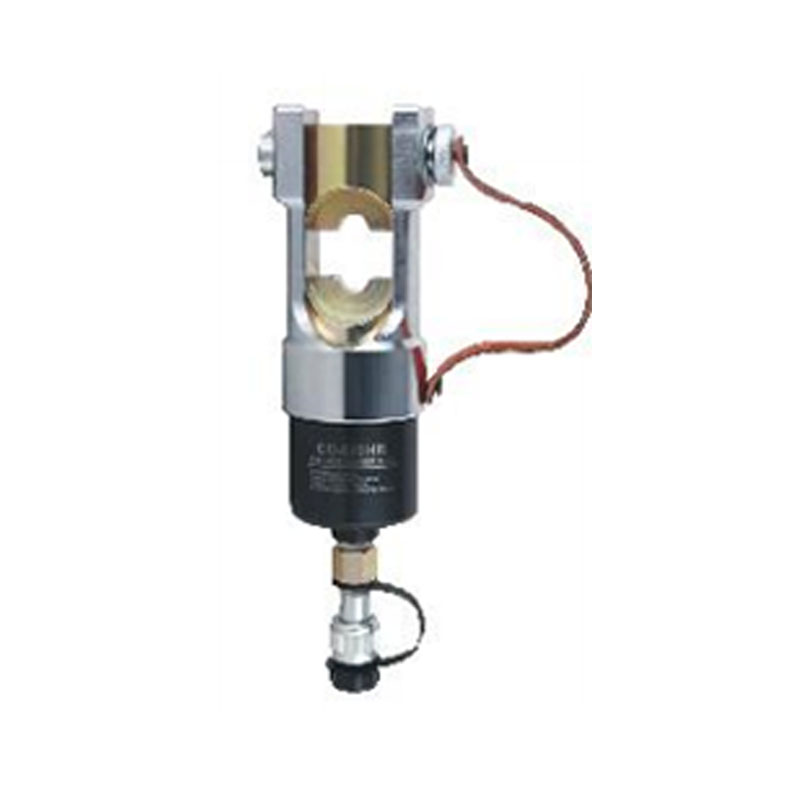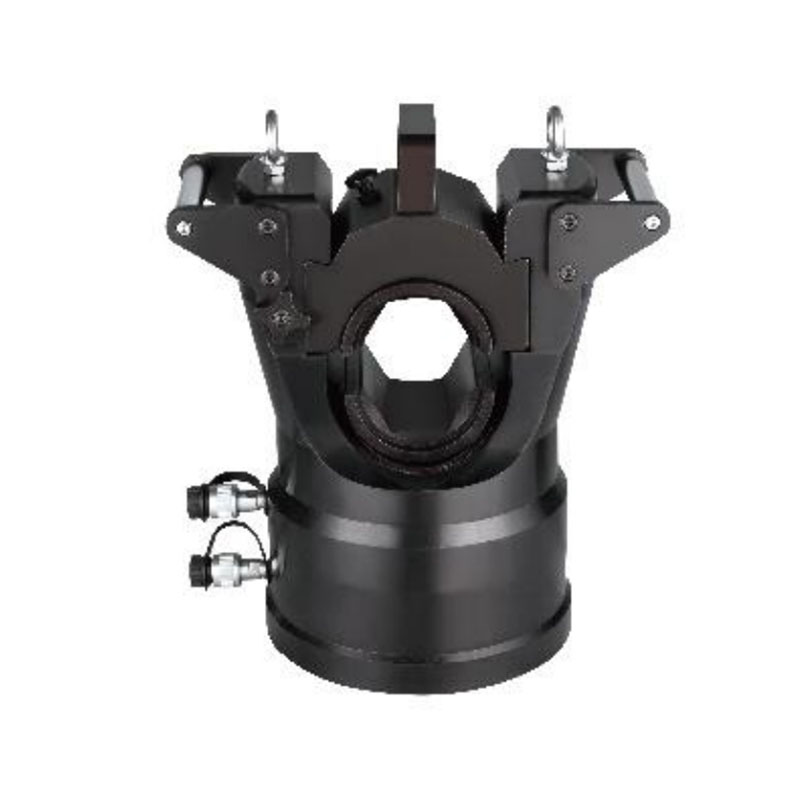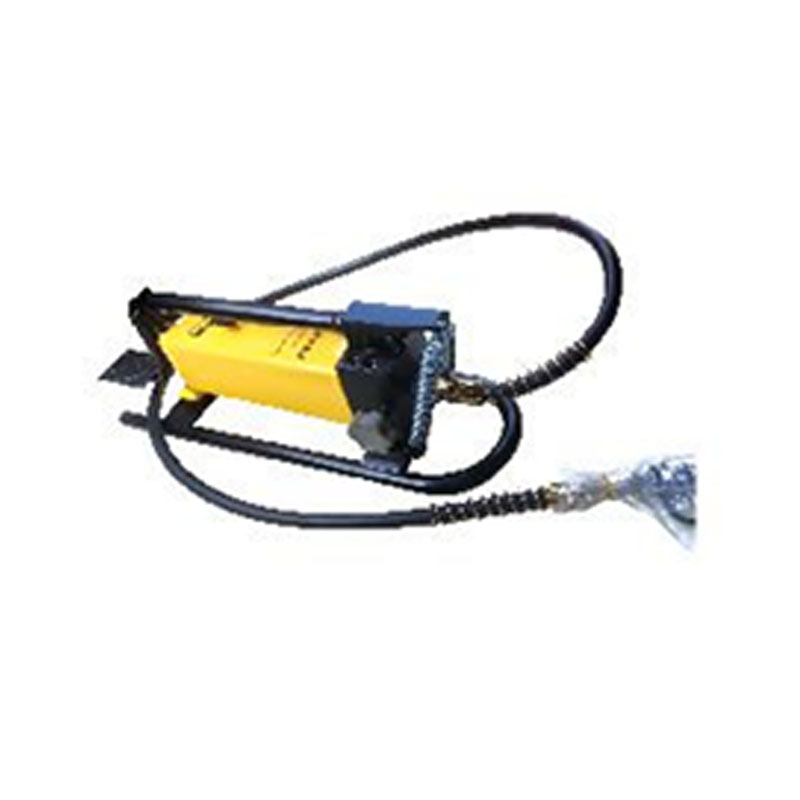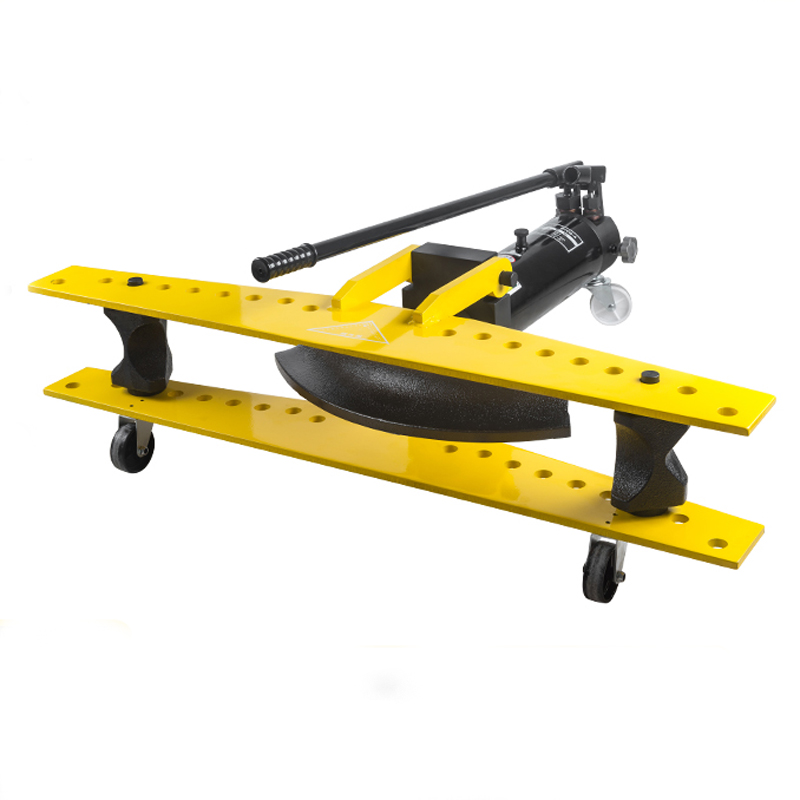JP-60 integral electric angle steel cutting machine, portable 110V/220V angle steel cutting machine, can cut 60 * 60mm angle steel
 2025.05.09
2025.05.09
 Industry News
Industry News
The Hydraulic Angle Steel Cutter is an essential tool for industries that require the cutting of steel materials, particularly angle steel. One of the important factors to consider when using this equipment is its cutting speed. The cutting speed directly influences the productivity, efficiency, and overall cost of operations. In this article, we will explore how cutting speed affects the use of a Hydraulic Angle Steel Cutter and what factors contribute to its performance.

The Importance of Cutting Speed in Industrial Applications
The cutting speed of a Hydraulic Angle Steel Cutter is a critical parameter that determines how quickly it can process a specific volume of material. In industrial settings where time is money, having a high cutting speed means that operators can cut more steel in less time, increasing the overall throughput. Faster cutting speeds also reduce the need for manual labor, as the machine can handle the task autonomously, ensuring consistent results and reducing human error.
Factors Influencing the Cutting Speed
Several factors affect the cutting speed of a Hydraulic Angle Steel Cutter. The significant factor is the hydraulic pressure used within the system. A higher hydraulic pressure allows for greater force, enabling the cutter to work more quickly and efficiently. Additionally, the type of steel being cut plays a role; harder materials require more time and force to cut through, slowing down the process. The design and sharpness of the cutting blade also impact speed. Dull or improperly aligned blades will reduce efficiency, causing slower cutting times and potentially causing wear and tear on the machine.
Cutting Speed and Material Thickness
The thickness of the material being cut is another important consideration when it comes to cutting speed. Thicker materials demand more force to cut, which can naturally slow down the process. A Hydraulic Angle Steel Cutter is typically designed to handle a wide range of material thicknesses, but the cutting speed will decrease as the thickness increases. For thinner materials, the machine can operate at a higher speed, ensuring faster cuts without compromising the quality of the job.
Achieving a Suitable Cutting Speed
To achieve suitable cutting speeds, it is important to regularly maintain and calibrate the Hydraulic Angle Steel Cutter. Proper maintenance ensures that the hydraulic system operates efficiently and the blades remain sharp and aligned. Regular checks of the hydraulic oil level and pressure settings help maintain the cutting speed over time. Additionally, training operators to understand how to adjust the machine settings based on the material being cut can further enhance efficiency.
Impact of Cutting Speed on Operational Costs
While faster cutting speeds can cause higher productivity, there are also operational costs to consider. The machine may consume more energy when cutting at high speeds, and there may be additional wear on components such as blades and hydraulic systems. However, the increased output can offset these costs, making high-speed cutting a worthwhile investment for businesses that need to meet tight deadlines or produce large quantities of materials.
Conclusion
The cutting speed of a Hydraulic Angle Steel Cutter plays a crucial role in determining the efficiency and productivity of industrial cutting operations. By understanding the factors that influence cutting speed, operators can improve performance and reduce downtime. Regular maintenance, proper machine settings, and an understanding of material properties are all essential for ensuring that the cutting speed is optimized, ultimately contributing to the success of the operation.



 Español
Español русский
русский
